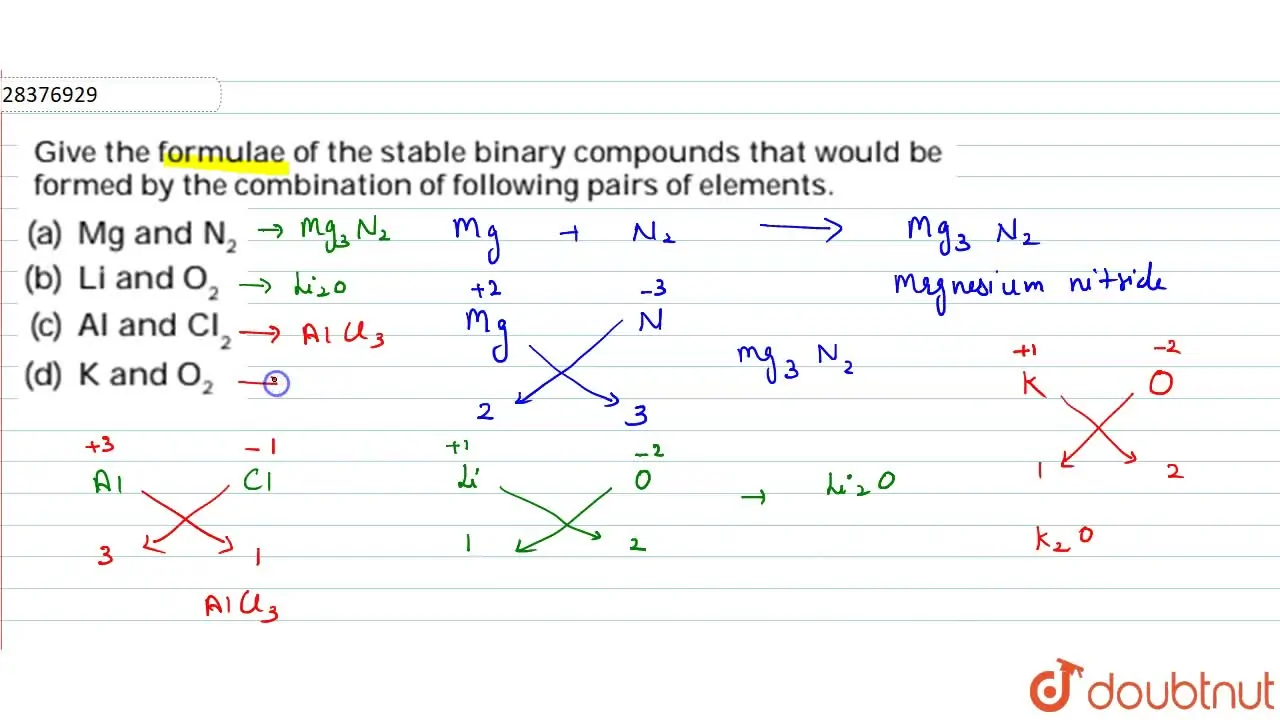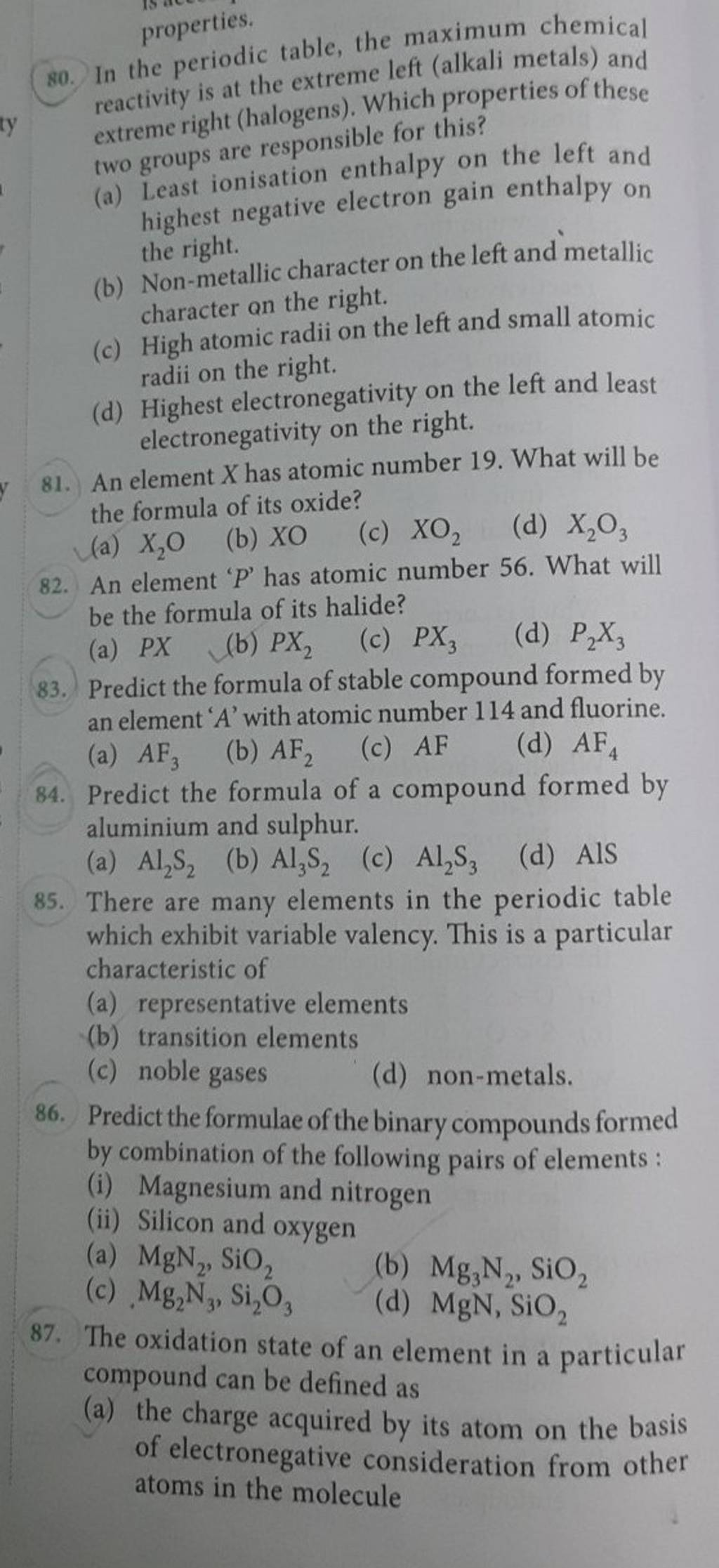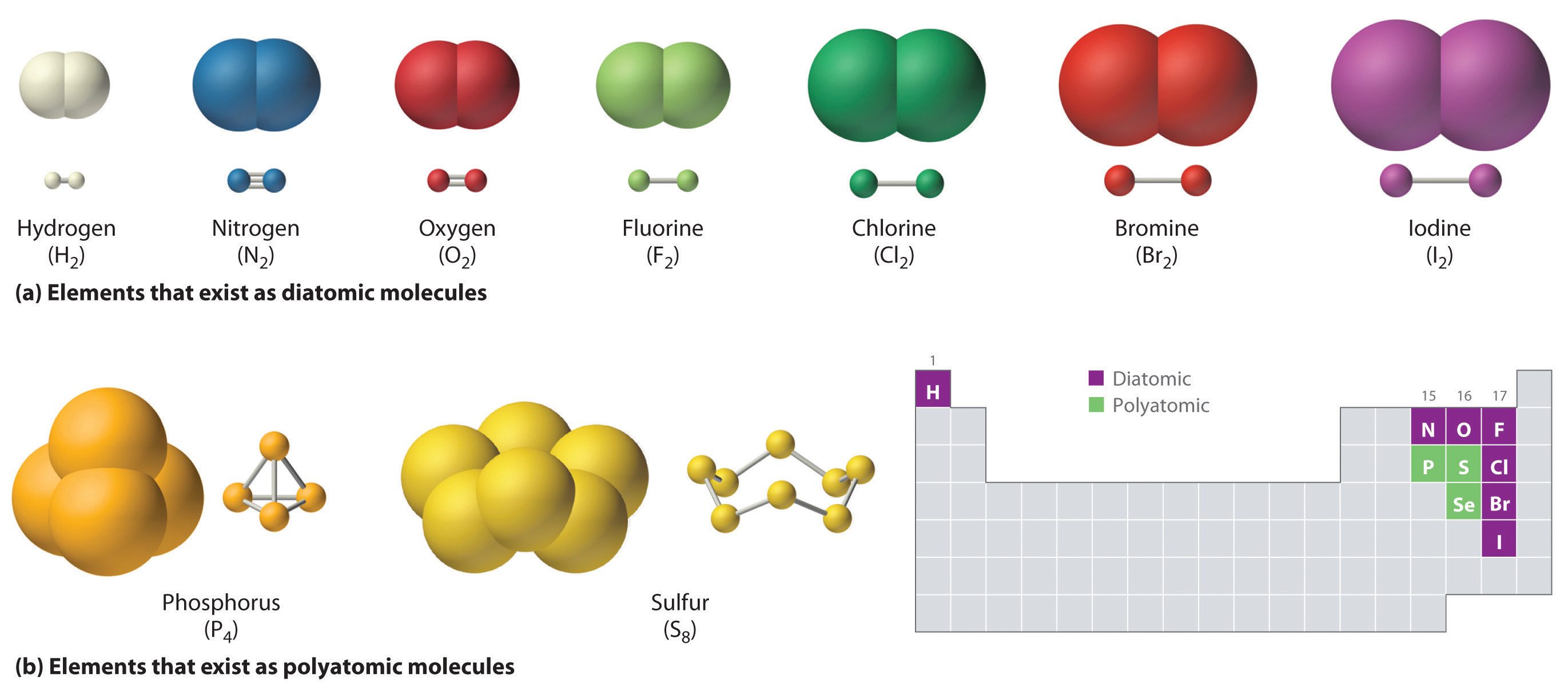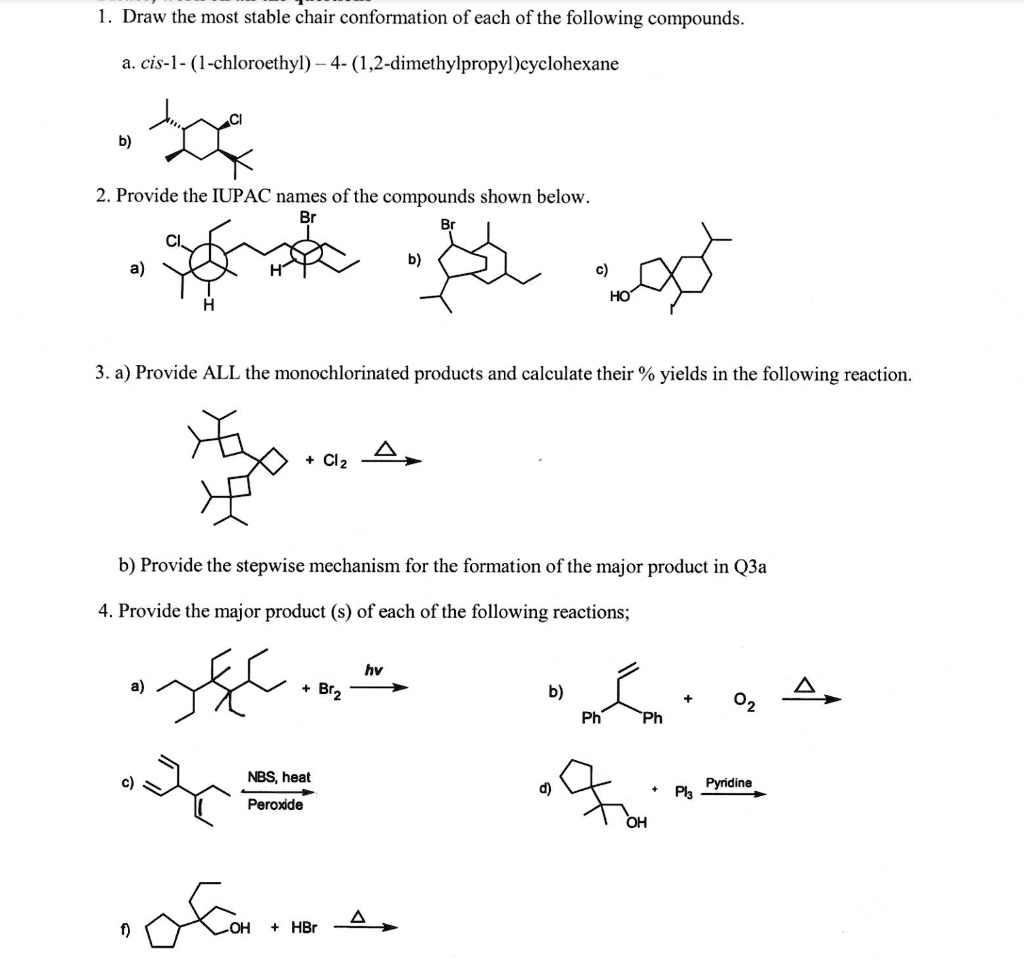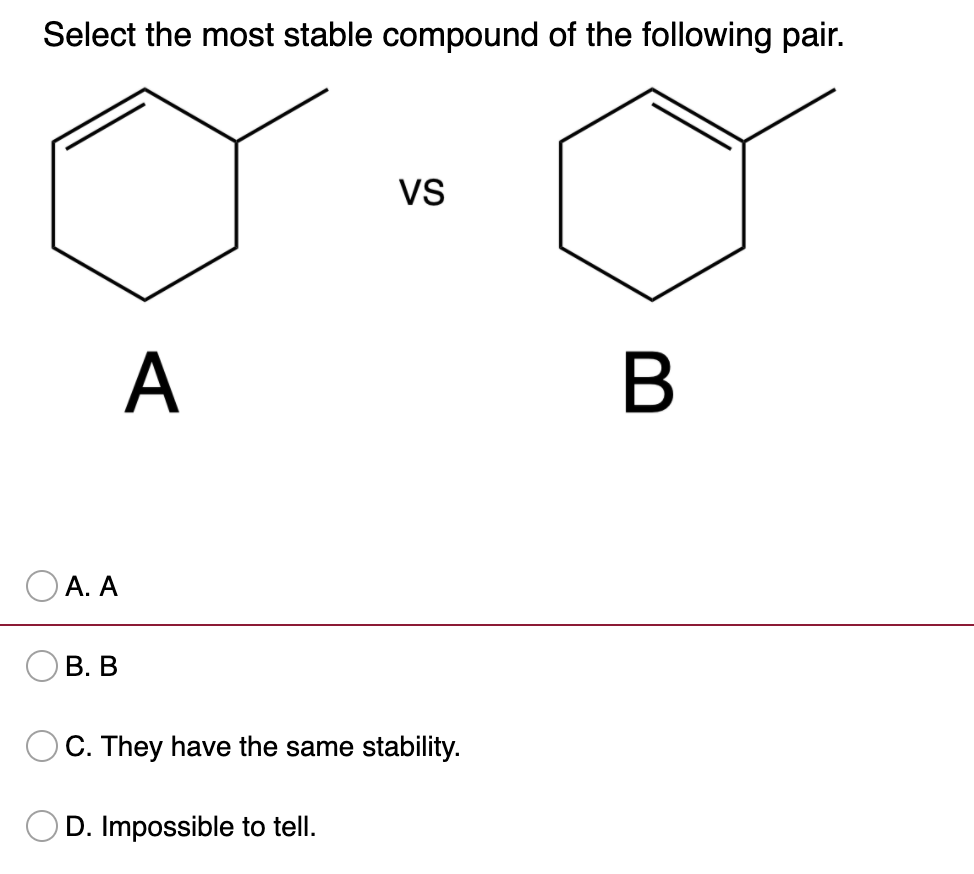Results In The Formation Of A Stable Compound.

Breakthrough: Scientists have successfully synthesized a never-before-seen, stable compound with unprecedented properties, potentially revolutionizing materials science.
The newly formed compound, provisionally designated "Tetra-Auria-Xenonide" (TAX), exhibits stability at room temperature and pressure, defying expectations based on existing chemical principles.
Unexpected Synthesis
The synthesis occurred at the University of California, Berkeley, on October 26, 2023, during experiments led by Dr. Aris Thorne's research team.
The team was investigating novel methods for manipulating noble gas interactions when the unexpected reaction occurred between gold nanoparticles and xenon gas under specific conditions.
“We weren’t actively searching for this compound,” explained Dr. Thorne in a press conference. “It was a serendipitous discovery resulting from fundamental research.”
Details of the Reaction
The process involved exposing size-selected gold nanoclusters to high-pressure xenon gas within a specialized reaction chamber.
Using advanced spectroscopic techniques, the team observed the formation of a crystalline structure unlike any previously documented.
X-ray diffraction analysis confirmed the presence of a unique, stable arrangement of gold and xenon atoms, confirming the formation of TAX.
Properties and Potential Applications
Preliminary data suggests that TAX possesses exceptional hardness and resistance to chemical degradation.
Furthermore, it exhibits unusual optical properties, absorbing and emitting light in the far-infrared spectrum.
These characteristics suggest potential applications in high-performance coatings, advanced sensors, and even quantum computing.
Implications for Materials Science
The discovery of TAX challenges existing models of chemical bonding and opens new avenues for materials design.
The inherent stability of this compound, despite containing a supposedly inert element like xenon, suggests that similar compounds could be synthesized with other noble gases.
This could lead to a paradigm shift in the creation of new materials with tailored properties.
The Team Behind the Breakthrough
Dr. Thorne's team comprised post-doctoral researchers Dr. Lena Hanson and Dr. Kenji Tanaka, alongside graduate student Maria Rodriguez.
The research was funded by grants from the National Science Foundation and the Department of Energy.
Their expertise in nanotechnology, spectroscopy, and computational chemistry was crucial for the success of the project.
"This discovery highlights the importance of supporting fundamental research," emphasized Dr. Hanson. "Unexpected breakthroughs often arise from exploring the unknown."
Challenges and Future Research
While the synthesis of TAX has been confirmed, scaling up the production process remains a significant challenge.
The current method yields only small quantities of the compound, limiting further characterization and application studies.
Researchers are now focused on optimizing the reaction conditions to increase the yield and explore the synthesis of related compounds with different noble gases.
Next Steps
Dr. Thorne's team is actively seeking collaborations with other research groups to further investigate the properties and potential applications of TAX.
They are also working on publishing their findings in a peer-reviewed scientific journal, ensuring that the results are accessible to the broader scientific community.
The discovery of TAX represents a significant step forward in materials science, paving the way for the development of novel materials with unprecedented properties and potential applications.
